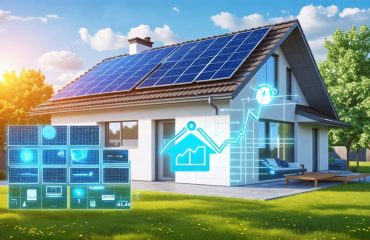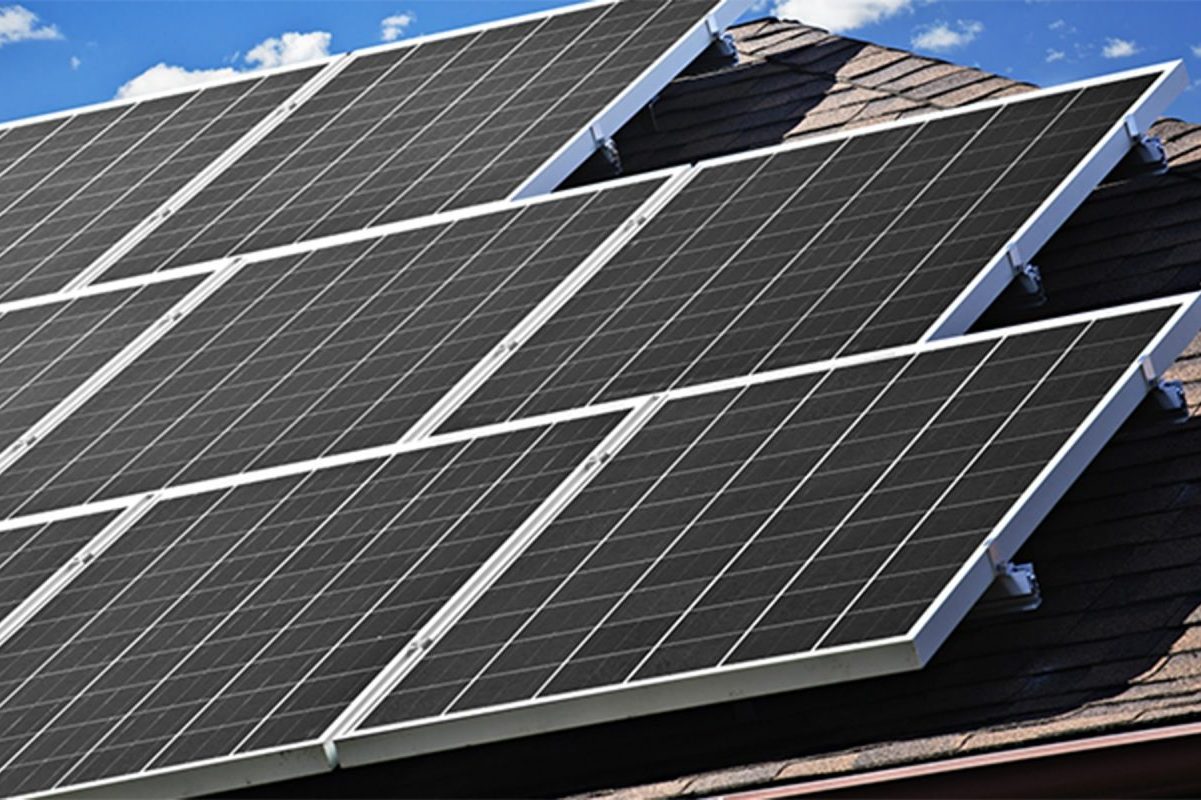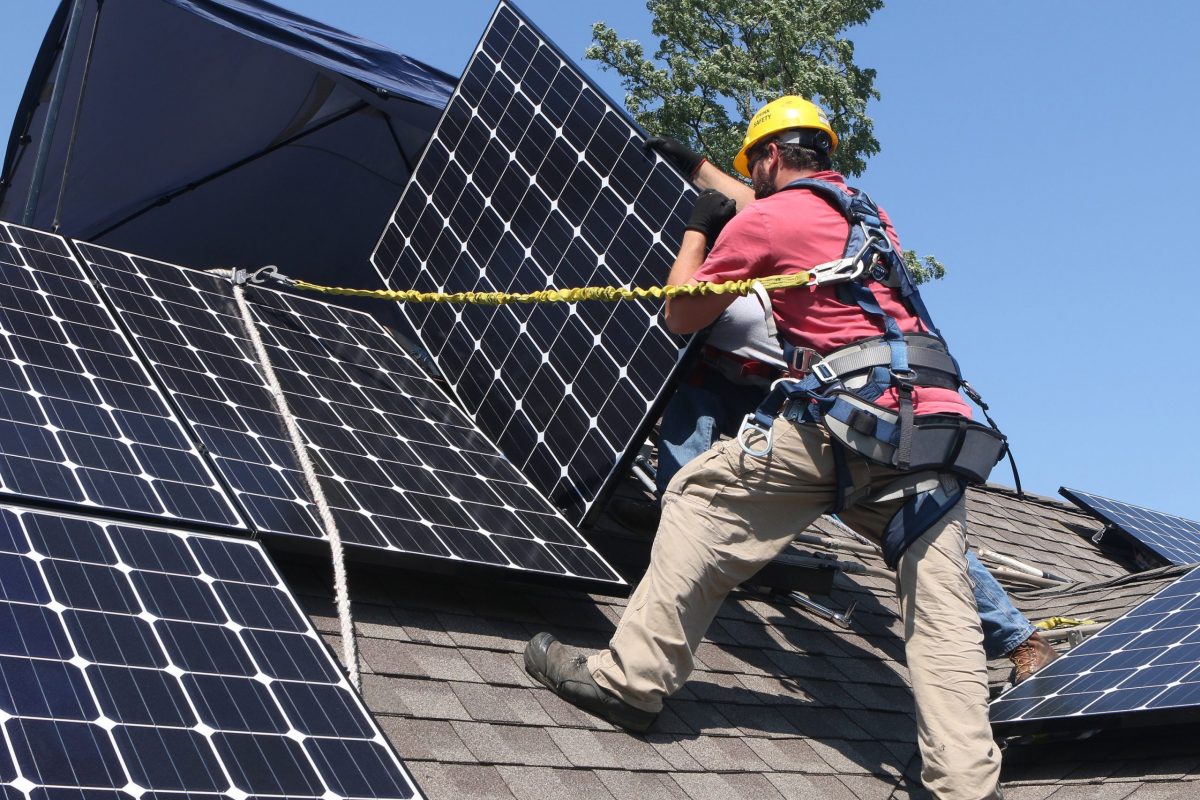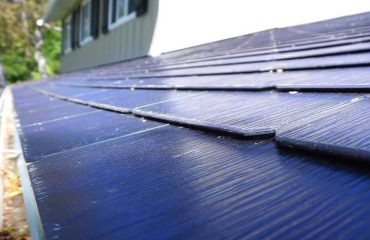Harness the power of the sun day and night with advanced solar energy storage methods. Lithium-ion batteries provide reliable benefits of 24/7 clean energy, enabling you to store excess solar power for use during off-peak hours. Flow batteries offer large-scale storage capacity and long lifespans, making them ideal for commercial and utility applications. Thermal energy storage systems capture heat from the sun, allowing you to efficiently store and utilize solar power for space and water heating needs. By combining these cutting-edge storage solutions with your solar panel installation, you can maximize your energy independence, reduce reliance on the grid, and enjoy substantial long-term savings on your utility bills.
Battery Storage Systems

Lithium-Ion Batteries
Lithium-ion batteries are the most common type of solar battery used for residential energy storage. They work by storing electricity generated from solar panels in a rechargeable battery pack, allowing homeowners to use the stored energy during times when the solar panels are not producing electricity, such as at night or during cloudy weather.
One of the main advantages of lithium-ion batteries is their high energy density, meaning they can store a large amount of energy in a relatively small space. They also have a long lifespan, typically lasting between 5 to 15 years, and require minimal maintenance. Additionally, lithium-ion batteries are lightweight and have a fast charging and discharging rate, making them an efficient choice for solar energy storage.
However, lithium-ion batteries do have some drawbacks. They can be more expensive upfront compared to other storage options, and their performance can degrade over time, especially if they are frequently discharged to low levels. It’s also important to ensure proper ventilation and temperature control for lithium-ion batteries to prevent overheating and reduce fire risks.
Despite these considerations, lithium-ion batteries remain a popular and reliable choice for many homeowners looking to maximize their solar energy usage and reduce their reliance on the grid.
Lead-Acid Batteries
While less common than lithium-ion batteries, lead-acid batteries offer a lower-cost option for solar energy storage. These batteries have been used in off-grid solar systems for decades and are known for their reliability and durability. Lead-acid batteries are typically less expensive upfront compared to lithium-ion, making them an attractive choice for budget-conscious homeowners. However, they have a shorter lifespan and lower energy density, meaning they require more space for the same amount of energy storage. Lead-acid batteries also have a slower charging and discharging rate, and they require regular maintenance to ensure optimal performance. Despite these drawbacks, lead-acid batteries remain a viable option for those prioritizing cost over advanced features. When considering lead-acid batteries for your solar energy storage, it’s essential to weigh the long-term costs and benefits against your specific needs and budget to determine if they are the right fit for your sustainable home.
Battery Sizing and Costs
Determining the right battery size for your solar energy storage system is crucial to ensure optimal performance and cost-effectiveness. The size of your battery will depend on several factors, including your daily energy consumption, the amount of solar energy your panels generate, and your backup power needs. A professional solar installer can help you assess your energy requirements and recommend an appropriately sized battery.
When it comes to battery costs, prices have been steadily declining in recent years, making solar energy storage more accessible to homeowners. Lithium-ion batteries, the most common type used in residential solar systems, typically cost between $7,000 and $14,000, including installation. However, the exact cost will depend on the battery’s capacity, brand, and any additional features.
While the upfront cost of a solar battery may seem substantial, it’s essential to consider the long-term benefits. By storing excess solar energy for later use, you can reduce your reliance on the grid and potentially eliminate your electricity bills. Additionally, battery storage can provide backup power during outages, ensuring your home remains powered even when the grid goes down.
As battery technology continues to advance and prices decline further, investing in a solar energy storage system becomes an increasingly attractive option for homeowners looking to maximize their energy independence and savings.
Thermal Energy Storage

Solar Water Heaters
Solar water heaters are an efficient and eco-friendly way to store solar energy for your home’s hot water needs. These systems use solar collectors, usually mounted on your roof, to absorb the sun’s heat and transfer it to a water storage tank. There are two main types of solar water heaters: active systems, which use pumps to circulate water or a heat-transfer fluid, and passive systems, which rely on natural convection.
Active systems are more efficient but also more complex and expensive. They work well in colder climates. Passive systems, on the other hand, are simpler, more affordable, and require less maintenance. They’re better suited for warmer regions with ample sunlight.
The advantages of solar water heaters include significant energy savings, reduced carbon footprint, and potential tax incentives or rebates. They can provide up to 90% of your home’s hot water needs, saving you money on utility bills. However, the upfront costs can be higher than traditional water heaters, and their effectiveness depends on your location and climate.
When considering a solar water heater, assess your household’s hot water requirements, available roof space, and local climate. With proper sizing and installation, a solar water heater can be a reliable and sustainable solution for your home’s hot water needs.
Molten Salt Storage
Molten salt storage is a innovative technology used in concentrated solar power plants to store solar energy as heat. These systems utilize specialized salts with high heat capacity, allowing them to absorb and retain thermal energy efficiently. During the day, the sun’s rays are concentrated onto the molten salt, heating it to temperatures exceeding 1,000°F (538°C). The hot molten salt is then stored in insulated tanks until the energy is needed, even after the sun sets. When electricity is required, the stored heat is used to generate steam, which drives turbines to produce power. Molten salt storage enables concentrated solar plants to provide a reliable and dispatchable source of clean energy, making solar power more flexible and adaptable to grid demands. With the ability to store energy for extended periods, molten salt systems help bridge the gap between solar energy supply and electricity demand, enhancing the overall effectiveness of solar power.
Mechanical Energy Storage
Pumped Hydro Storage
Pumped hydro storage is a tried-and-true method for storing solar energy on a large scale. This technology involves pumping water uphill into a reservoir when excess solar power is available, then releasing it downhill through turbines to generate electricity when needed. One major advantage of pumped hydro is its long lifespan – with proper maintenance, systems can last up to 50 years or more. It’s also highly efficient, with round-trip efficiencies up to 80%.
However, pumped hydro requires specific geographical features like mountains and large water bodies, limiting where it can be deployed. The initial costs are also high compared to battery storage. Despite this, pumped hydro accounts for over 90% of installed global energy storage capacity.
For solar applications, pumped hydro can store excess daytime generation for use during peak evening hours. Some solar farms are strategically built near pumped hydro facilities to take advantage of this storage capability. While it may not be a residential solution, homeowners can still benefit indirectly. By helping balance the grid’s supply and demand, pumped hydro enables higher shares of renewable energy like solar to be integrated, leading to a cleaner, more sustainable power system for all.
Flywheels
Flywheels offer an innovative approach to solar energy storage, harnessing the power of spinning discs to store kinetic energy. While flywheels typically have a lower storage capacity compared to batteries, they excel in providing high power output over short durations. This makes them particularly useful for stabilizing solar energy supply during brief fluctuations or power outages.
In a flywheel system, excess solar energy is used to spin a heavy rotor at high speeds, effectively storing the energy as rotational kinetic energy. When energy is needed, the spinning flywheel drives a generator to convert the kinetic energy back into electricity. Flywheels can charge and discharge rapidly, making them responsive to sudden changes in energy demand.
Although still an emerging technology in the solar storage space, flywheels show great potential for complementing solar installations. They can help smooth out the intermittent nature of solar power, ensuring a more stable and reliable energy supply for homeowners.

Choosing a Solar Storage Solution
Evaluating Your Energy Needs
Determining your solar energy storage needs begins with evaluating your energy usage patterns. Analyze your electricity bills from the past year to calculate your average daily consumption in kilowatt-hours (kWh). Consider seasonal variations and any anticipated changes in your energy needs, such as adding an electric vehicle or expanding your family.
Next, identify your critical loads – the essential appliances and systems that must remain powered during an outage, such as refrigerators, medical equipment, and emergency lighting. Calculate the total wattage of these critical loads and multiply by the number of hours you want them to run without grid power. This will give you a rough estimate of the minimum storage capacity required.
It’s also important to factor in your solar panel system’s production capacity and the amount of surplus energy it generates during peak sunlight hours. This excess energy can be stored for later use, reducing your reliance on the grid and providing backup power during outages.
By evaluating your energy needs and critical loads, you can determine the optimal solar energy storage solution for your home. Whether you opt for a battery bank, thermal storage, or a combination of methods, the right system will provide reliable, sustainable power when you need it most.
Comparing Costs and Benefits
When comparing the costs and benefits of solar energy storage methods, it’s essential to consider both upfront expenses and long-term savings. While battery storage systems may have higher initial costs, they offer the most flexibility and independence from the grid. Net metering, on the other hand, requires no additional equipment but may not provide the same level of savings or energy security. Thermal storage, such as solar water heaters, can be a cost-effective way to reduce energy bills for specific applications.
Homeowners should also factor in available incentives and rebates when evaluating the cost-effectiveness of different storage options. Federal and state tax credits, as well as local utility programs, can significantly lower the upfront costs of battery storage and thermal systems. Additionally, the long-term savings from reduced energy bills and the potential to sell excess power back to the grid can offset the initial investment over time.
Ultimately, the most cost-effective solar energy storage method will depend on individual energy needs, budget, and location. By carefully weighing the costs and benefits of each option and taking advantage of available incentives, homeowners can make an informed decision that maximizes their savings and energy independence while contributing to a more sustainable future.
Conclusion
In conclusion, solar energy storage methods are critical for maximizing the benefits of solar power and enabling around-the-clock access to clean, sustainable energy. By capturing excess solar energy during peak sunlight hours and storing it for later use, homeowners can reduce their reliance on the grid, lower their energy bills, and contribute to a greener future. Whether you opt for battery storage, thermal storage, or a combination of methods, investing in solar energy storage can help you make the most of your solar installation and enjoy the advantages of renewable energy 24/7. As technology continues to advance and costs decrease, solar energy storage is becoming an increasingly accessible and attractive option for environmentally-conscious individuals looking to embrace sustainable living and take control of their energy consumption.









